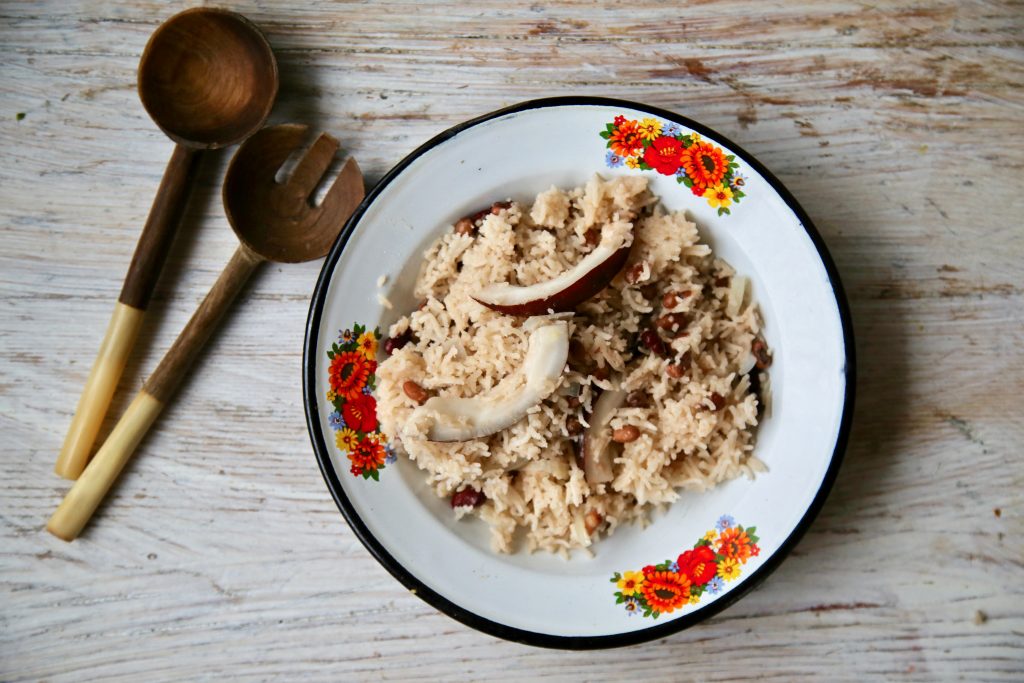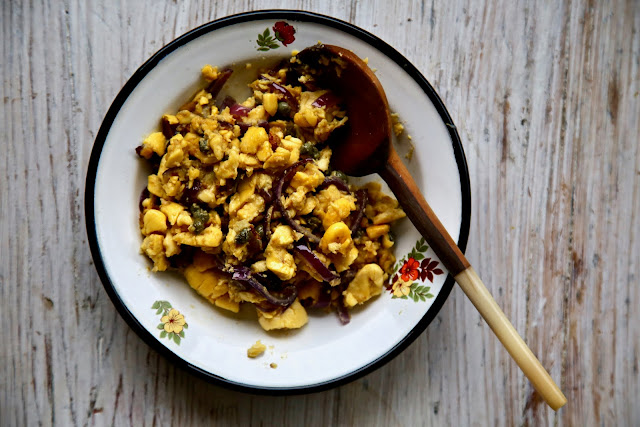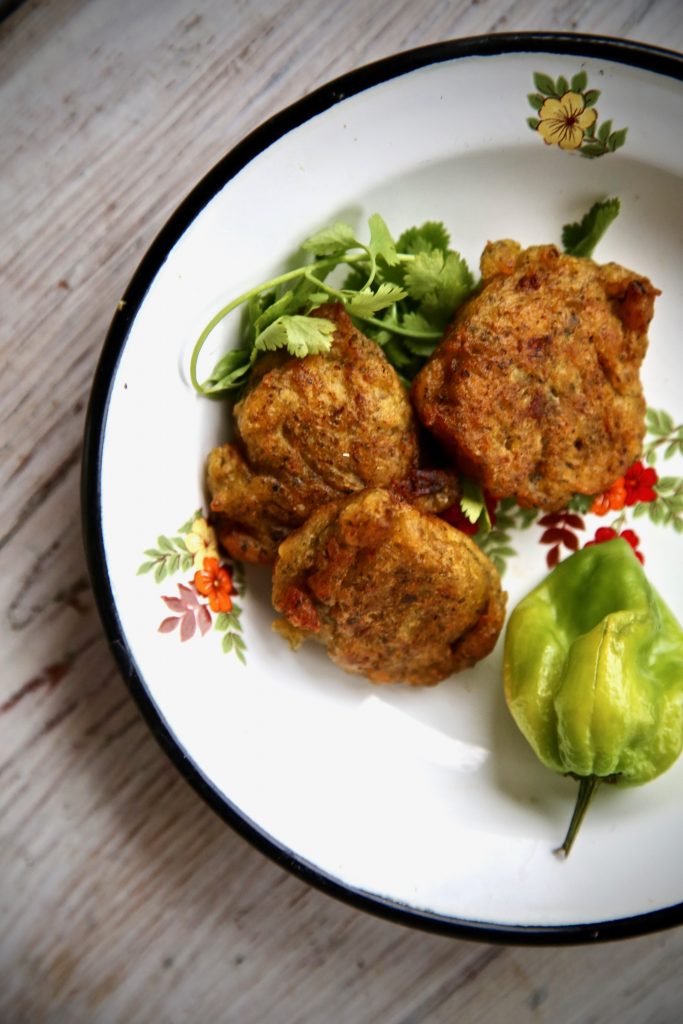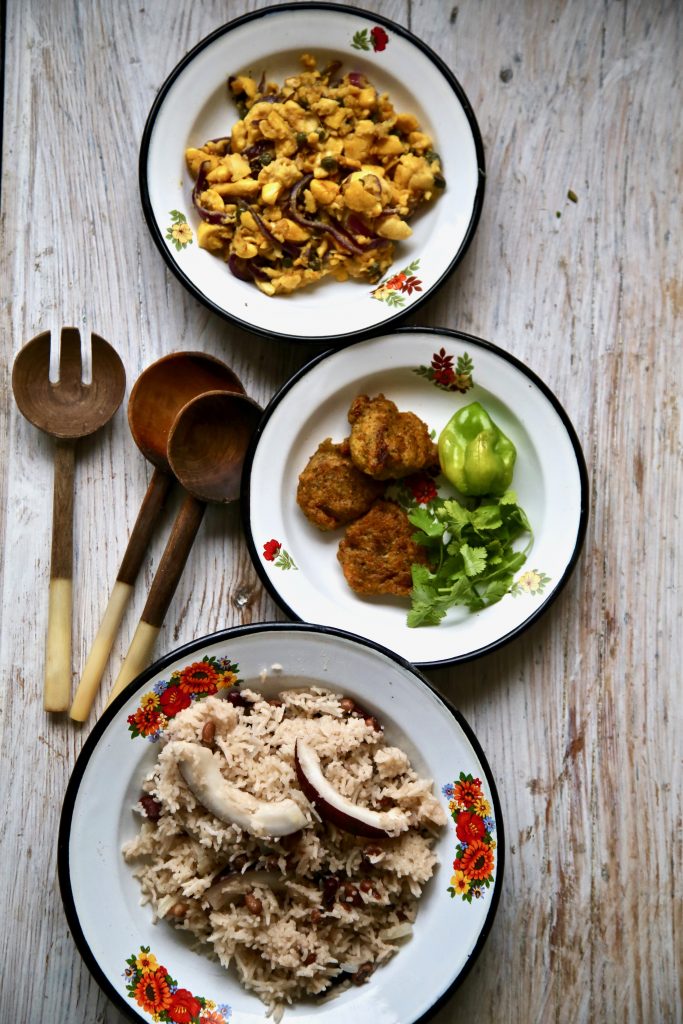I recently went for a tasting menu supper club at The Mango Room, a Caribbean restaurant in Camden, run by restaurateur Derick Blake, that has been around for 20 years. This makes the restaurant virtually an antique in the fast-paced hospitality industry, where restaurants go bust every year. Apart from the fantastic cocktails, the menu also showed that Caribbean cuisine, hailing not just from Jamaica, but also Trinidad, Dominica, Grenada, St. Lucia and other islands, can be light and modern.
In January, we celebrate ‘Veganuary’, when people are encouraged to try veganism for one month. There is a long tradition of vegan cuisine in the Caribbean: committed Rastafarians are vegan, eating ‘ital’ food (rasta dialect for ‘vital’), and very religious rasta will only eat from wooden or clay cutlery and crockery.
The Mango Room serves several vegan dishes, including Ackee and Avocado with Spinach, Plantain, Tomato and Olives; Okra and Coconut Risotto with Fried Plantain, Cherry Tomatoes and Crispy Leeks.
A popular vegan recipe, Rice and Peas, is a mainstay of Jamaican cuisine. ‘Peas’ are beans, and the further south, the darker the legume. Caribbean islands near to the Southern states of America will often use the black-eyed peas as I have. Jamaicans use the pinto bean. Islands closer to South American will use the small black turtle bean. The smaller the pea, the sweeter it is.
Despite the simplicity of the dish, to make it well requires time.

Jamaican Rice and Peas recipe
Jamaican rice and peas recipe
Ingredients
- 200 g dried black eyed, pinto or black turtle beans
- 1/2 onion, peeled
- 2 garlic cloves, peeled, 1 whole and 1 sliced
- 4-6 pimento, all spice berries
- 2 spring onions, finely sliced
- 1/2 red pepper, deseeded and sliced
- 50-75 g creamed coconut
- 2-3 sprigs of fresh thyme
- 1 tbsp soy sauce
- 1 scotch bonnet chilli
- 1/2 fresh coconut, peeled and sliced
- 2 slices of fresh ginger
- 500 g basmati rice
- 1 tbsp coconut oil
- Sea salt, rastas do not eat rock salt and pepper
Instructions
- Soak the beans overnight in filtered or cooled boiled water from the kettle, adding the onion and garlic halfway through.
- Drain, discard the onion and garlic and tip the beans into a heavy pot or casserole. Add the pimento berries, sliced garlic to the beans and cover with boiling water.
- Simmer over a low heat for 45 minutes, then add the spring onions, red pepper and simmer until the beans are cooked. Don’t let them get too soft, they should smell sweet and creamy.
- Pour just enough hot water over the creamed coconut packet to dissolve, then add to the beans. You can add more or less if you prefer – I find too much coconut cream makes the rice greasy.
- Add the thyme, soy sauce, whole Scotch bonnet, fresh coconut and ginger and simmer, covered for 15 minutes. Fish out and discard the Scotch bonnet.
- Wash the rice and, once it is free of starch, add it to the beans and stir with a fork. Add about a litre of water and the coconut oil. Add salt and pepper to taste.
- Cook, covered, over a low heat, until the rice is soft and fluffy, checking on the water levels but without stirring.
Plantain fritters
In the Caribbean, the creole word for banana is ‘fig’, just as it was for the ancient Romans. Some say that the banana was the forbidden fruit from the bible, rather than the fig, for banana leaves can easily be made into clothing unlike the fig leaf.
There are at least 20 kinds of ‘fig’. The standard yellow banana that we eat in the UK is the Cavendish banana.
For the below recipe, make sure you buy ripe yellow plantains rather than green. Normal bananas won’t work, the texture is not sturdy enough.
Serves 6
2 large, ripe yellow plantains, peeled
1 green chilli, finely sliced
3 tbsp plain flour
Handful coriander leaves
Vegetable oil for frying
Salt
Mash the plantains by hand or in a food processor. Add the chilli, flour, coriander and some salt.
Heat a couple of centimetres of oil in a deep frying pan. Use a tablespoon to scoop the plantain mixture into the oil. Continue until the mixture is used up.
After a few minutes, turn over the fritters. When both sides are golden brown, remove to kitchen paper to drain. Serve with hot sauce as a dip.
Ackee with capers

Ackee fruit are rather like eggs: soft, sweet and yellow. They are usually served with saltfish; here, capers provide the saltiness.
3 tbsp olive oil
1/2 red onion, thinly sliced
1 tin ackee
1 clove garlic, minced
2 tbsp capers
Salt and pepper
Heat up the oil in a shallow frying pan, then fry all the ingredients together. Serve hot.







Leave a Reply